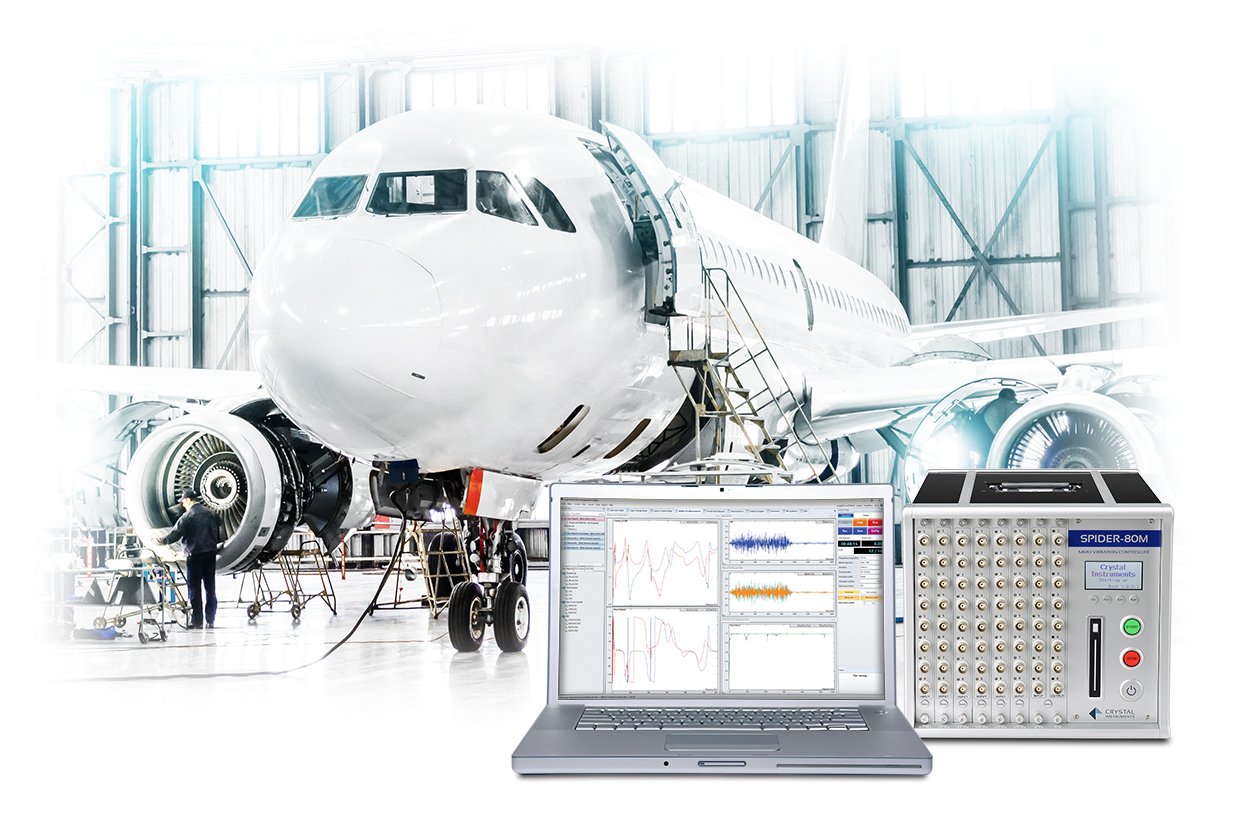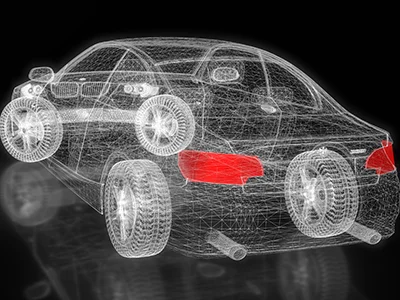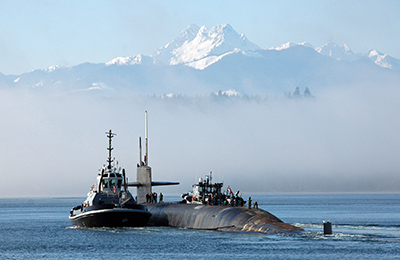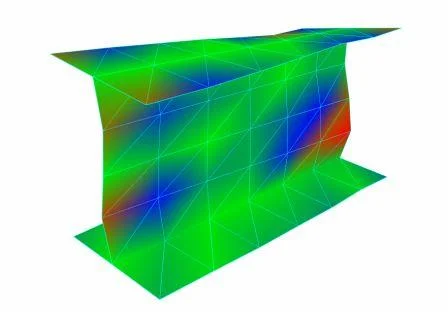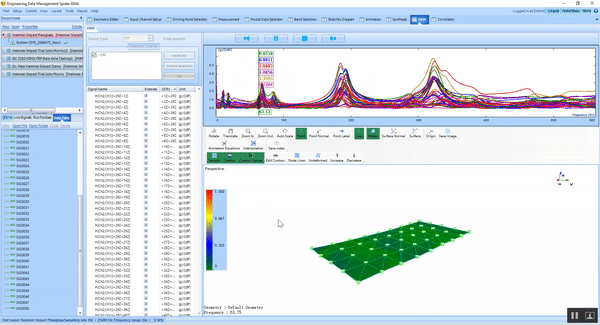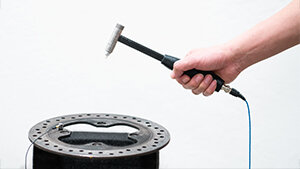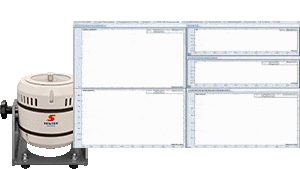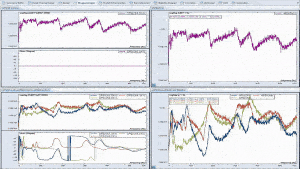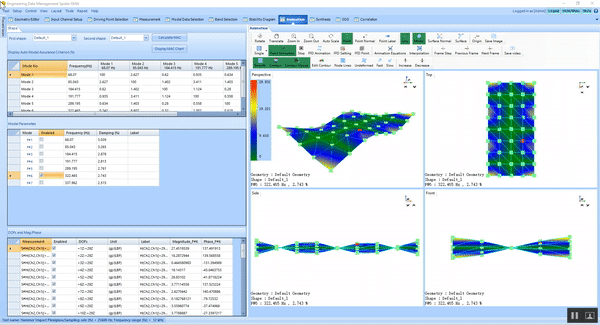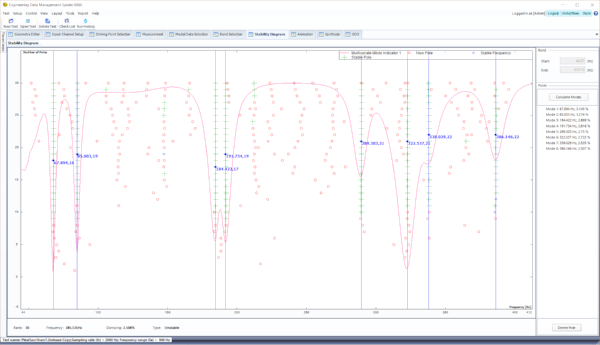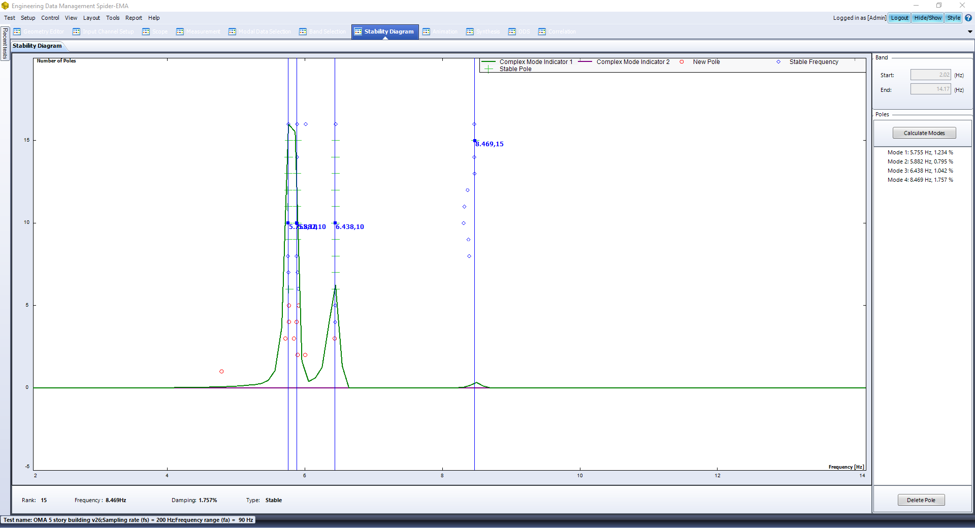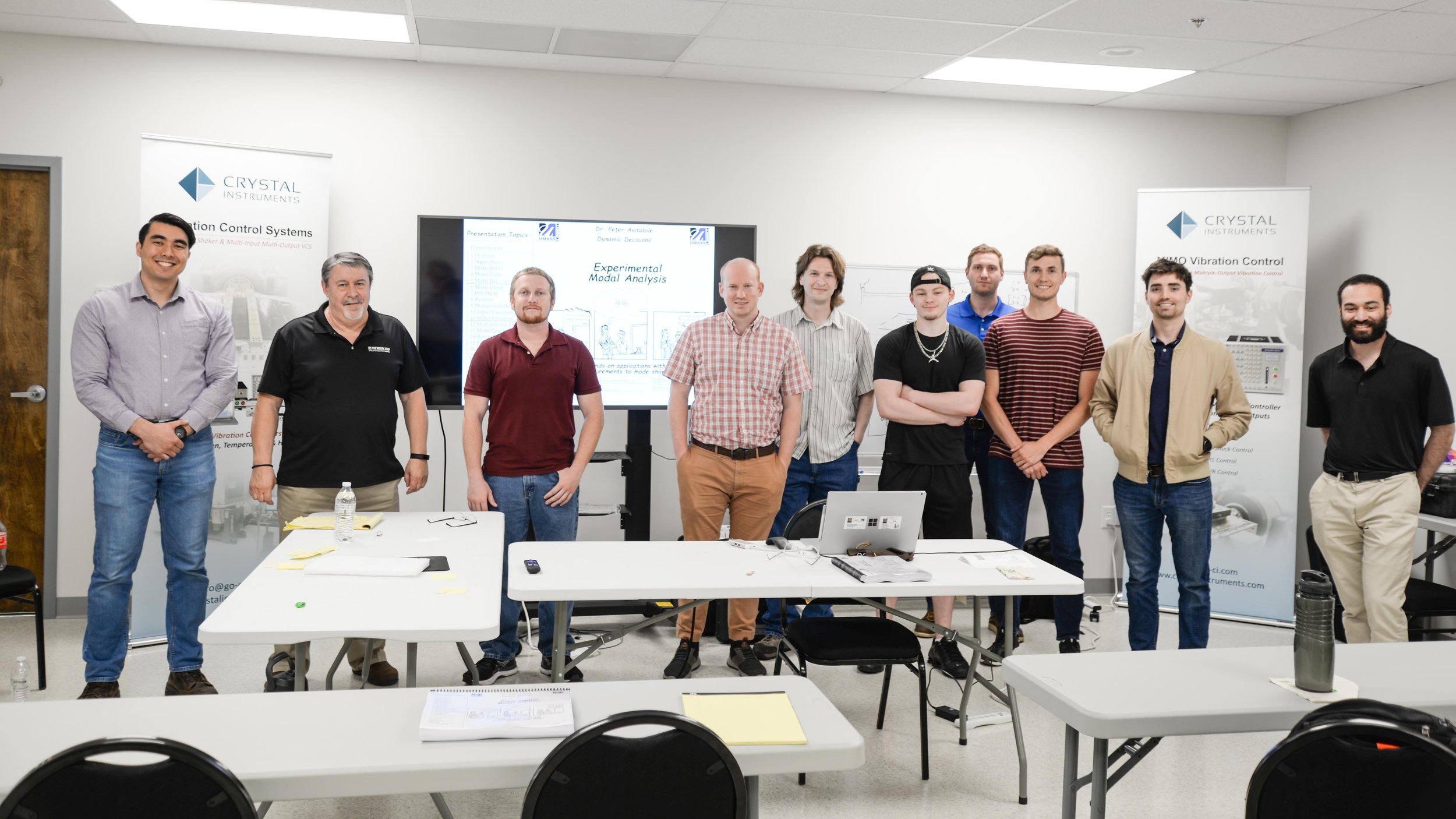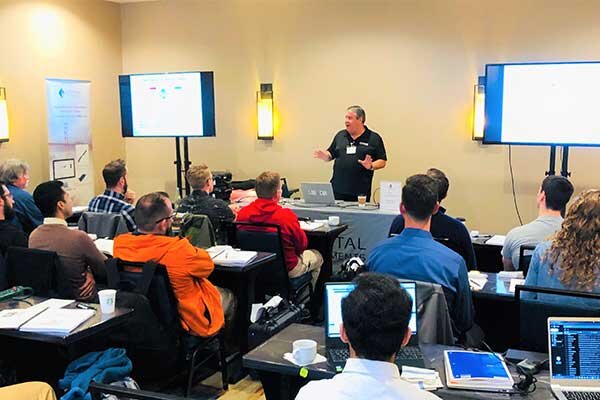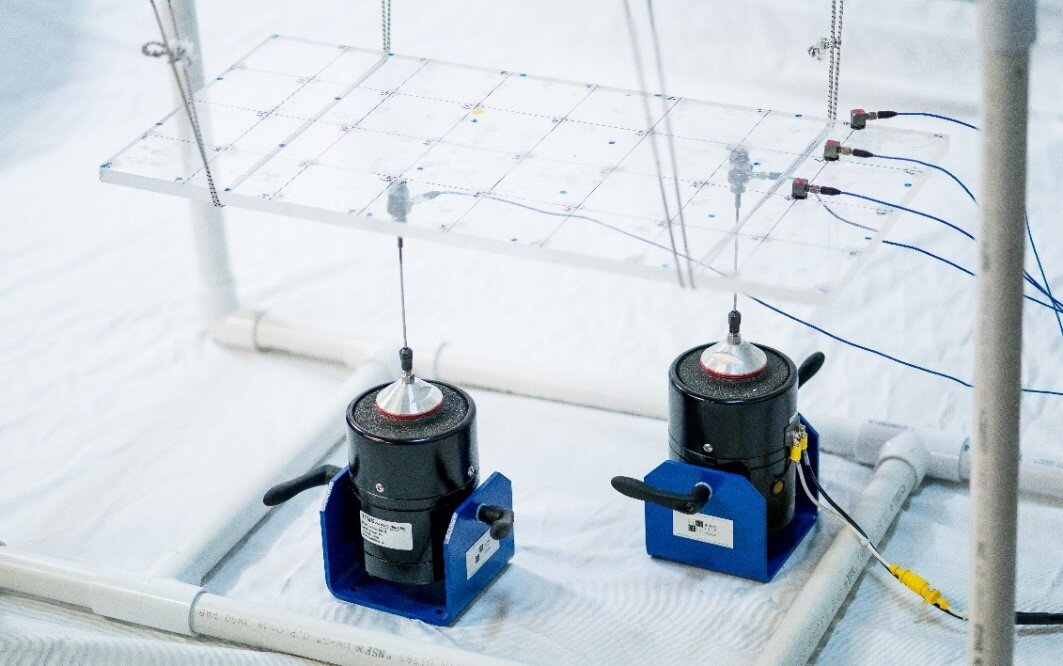CI Testing Lab Locations

CI Silicon Valley Testing Lab

CI Los Angeles Testing Lab - click to view lab equipment

CI North Carolina Testing Lab - click to view lab equipment
Modal Testing and Analysis Services
CI Testing Labs provides modal testing and analysis services to distinguish the structural dynamics of an object. Modal analysis is used to represent a complex structural phenomenon in structural dynamics using decoupled modes consisting of natural frequency, damping, and mode shapes. Modal analysis is often used to analyze the structural vibration of objects such as a turbine blade rotating at high speed or the effects of heavy traffic and strong winds on a bridge.
Industries using modal analysis:
Modal Testing Services
Modal testing uses the FRF measurements of a structure. The FRF measurement is obtained by asserting a measured excitation force at one location of the structure and measuring vibration responses at one or more location(s). CI Testing Lab services utilize modern excitation techniques and recent developments of modal analysis theory to use more complicated excitation mechanisms.
| Modal Testing Methods | |
|---|---|
| Hammer Impact Test | Typically performed on a simple structure test or is used as a quick survey before a more complex modal shaker test is performed. |
| Roving Measurement Method | Selects a driving point for the hammer impact test from which all modes are present in the FRF with a valley in between. |
| Modal Shaker Excitation | Provides excitation when testing a big or complicated structure under test. |
Civil engineers dealing with bridges, buildings, stadiums, etc., are not always able to excite the test object. For these types of tests, the available responses will only be for measurements. Based on the measured responses, Operational Modal Analysis services can identify the modal parameters of the structure under test.
| Modal Analysis Steps | |
|---|---|
| Step 1: test preparation | Selection of structure support, type of excitation force(s), location(s) of excitation, hardware to measure force(s) and responses; determination of a structural geometry model |
| Step 2: frequency response measurements | Data is measured and stored. |
| Step 3: modal parameter identification | FRF data is analyzed to identify modal parameters of a tested structure. |
The following applications can be included with CI Modal Testing and Analysis services:
Modal Testing & Analysis Training
CI Testing Labs provides seminars and webinars for modal analysis training. Users can learn to navigate software interfaces and features along with advanced modal testing systems featuring shakers and data analyzers. Participants are provided a comprehensive understanding of engineering principles behind the measurements and the best practices to collect and analyze modal data.
Dr. Peter Avitabile (Professor Emeritus at the University of Massachusetts, Lowell) provides his expert knowledge in addition to lecture materials and a hands-on section where participants are guided to take measurements in a laboratory environment.
Modal Testing & Analysis Equipment
CI Testing Labs uses the latest modal testing equipment and updated software to provide an accurate structural dynamics analysis. Modal testing and analysis software is updated annually to provide the most accurate results. Modal testing hardware is meticulously maintained and calibrated along with timely updates according to available advancements in technology.
| CoCo-80X Dynamic Signal Analyzer | Portable and is used to provide on-site modal testing & analysis services |
|---|---|
| Spider-80Xi Dynamic Measurement System | Modular system with up to 512 channels |
| Spider-80SG Data Acquisition with Strain Gage System | Compatible with Spider-80Xi, measures & records strain |
| EDM Modal Testing & Analysis software | View structural testing application examples: https://www.crystalinstruments.com/structural-testing-application-examples |
| Modal Shakers | Bench top, single axis, multiple-input multiple-output |

